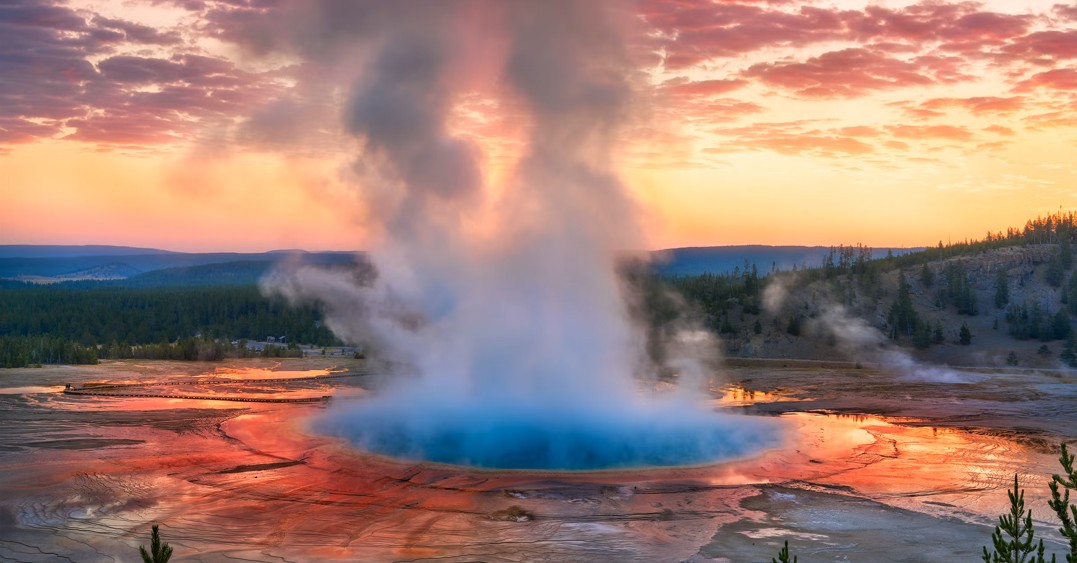
It’s a question that sparks primal fear and endless fascination: which snake is the most aggressive? We’ve all heard the stories, seen the documentaries, and perhaps even felt a chill down our spine at the thought of a snake actively pursuing a threat.
But here’s the truth – the answer isn’t as simple as naming a single species. “Aggression” in the animal kingdom, especially with snakes, is often misunderstood. Snakes aren’t inherently malicious creatures looking for a fight. Their primary instincts are survival: to eat, to find shelter, and to avoid becoming prey.
So, when we talk about an “aggressive” snake, we’re usually referring to one that is highly defensive, easily agitated, or exceptionally quick to strike when it feels threatened. Let’s shed some light on the snakes that have earned this fearsome reputation, and what truly drives their behavior.
Why “Aggression” is a Misnomer for Snakes
Before we dive into the contenders, it’s crucial to understand a snake’s mindset:
Flight or Fight: Like most animals, snakes prefer to escape a threat. If they can get away, they will.
Perceived Threat: A snake strikes when it perceives an immediate danger – someone stepping too close, trying to handle it, or blocking its escape route.
Territory & Breeding: During breeding seasons or when protecting an area (rare for most snakes, but notable for some), they might be more volatile.
Surprise: Many bites occur because a snake is startled, often by an accidental human encounter.
So, while a snake might appear “aggressive” in its rapid, repeated strikes, it’s almost always a desperate act of self-preservation.
The Reputational Heavyweights: Snakes Known for Their Defensive Intensity
Several snake species consistently top lists of “most aggressive” due to a combination of potent venom, quick reflexes, and a readiness to defend themselves vigorously.
- The Black Mamba (Dendroaspis polylepis)
Why the Reputation? Arguably the most famous for its “aggression,” the Black Mamba truly lives up to its hype in defensive situations. It’s incredibly fast (one of the fastest land snakes), possesses highly potent neurotoxic venom, and if cornered, it will strike repeatedly and without hesitation, often delivering multiple fatal bites. It’s also known to raise its head high, spread its cobra-like hood, and hiss loudly before striking.
Where it Lives: Sub-Saharan Africa.
The Nuance: While formidable, a Black Mamba will generally try to escape if given the chance. Its “aggression” comes from its unwillingness to back down if it feels trapped. - The Coastal Taipan (Oxyuranus scutellatus)
Why the Reputation? Australia’s Coastal Taipan is often cited as one of the most venomous and, crucially, one of the most defensively aggressive snakes. With the most potent venom of any land snake (by LD50, alongside its Inland cousin), it delivers a bite quickly and with extreme intensity. It has a high-strung temperament and is known to strike multiple times, injecting large amounts of venom.
Where it Lives: Coastal regions of northern and eastern Australia and the island of New Guinea.
The Nuance: Its speed and ferocity are terrifying, but like other snakes, it prefers to avoid confrontation. Its reputation is built on its powerful, unyielding defense when threatened. - The Saw-Scaled Viper (Echis carinatus)
Why the Reputation? Not the largest or most venomous by a single bite, but the saw-scaled viper is responsible for more human deaths than any other snake species. Why? It’s widespread, found in highly populated agricultural areas, and incredibly irritable. When threatened, it makes a distinctive “sizzling” sound by rubbing its scales together (called stridulation) and strikes with lightning speed.
Where it Lives: Dry regions of Africa, the Middle East, and Asia (including India).
The Nuance: Its small size makes it easy to step on, making accidental encounters common. Its defensive nature combined with its prevalence and potent hemotoxic venom makes it exceptionally dangerous. - The Puff Adder (Bitis arietans)
Why the Reputation? The Puff Adder is a master of camouflage, often relying on its patterns to blend in with its surroundings. This means it often won’t move even when approached, counting on its disguise. However, if startled or stepped on, it delivers a rapid, powerful bite with a significant amount of cytotoxic venom. It’s responsible for a large number of bites and fatalities in Africa.
Where it Lives: Throughout Africa and parts of the Arabian Peninsula.
The Nuance: Its “aggression” stems more from its ambush predator strategy and reluctance to move, leading to many accidental encounters. When it does strike, it’s a serious event.
What Does This Mean for You?
Understanding snake behavior isn’t about fostering fear, but promoting respect and caution.
Leave Them Alone: The Golden Rule. Never attempt to handle, harass, or kill a snake. Most bites occur when people try to interact with them.
Watch Your Step: Be aware of your surroundings, especially in areas where snakes are known to live. Wear appropriate footwear.
Give Them Space: If you encounter a snake, back away slowly and give it plenty of room to escape.
Know Local Species: Familiarize yourself with the venomous snakes in your region, so you know what precautions to take.
Seek Medical Help: If bitten, assume it’s venomous and seek immediate medical attention. Do not try to capture the snake or apply home remedies.
Ultimately, the “most aggressive” snake is the one that feels cornered, threatened, and has no other option but to defend itself. By understanding their true nature, we can coexist more safely and respectfully with these incredible, often misunderstood, creatures.
What’s your take? Have you ever had an encounter with a snake that seemed particularly “aggressive”? Share your thoughts in the comments below!





